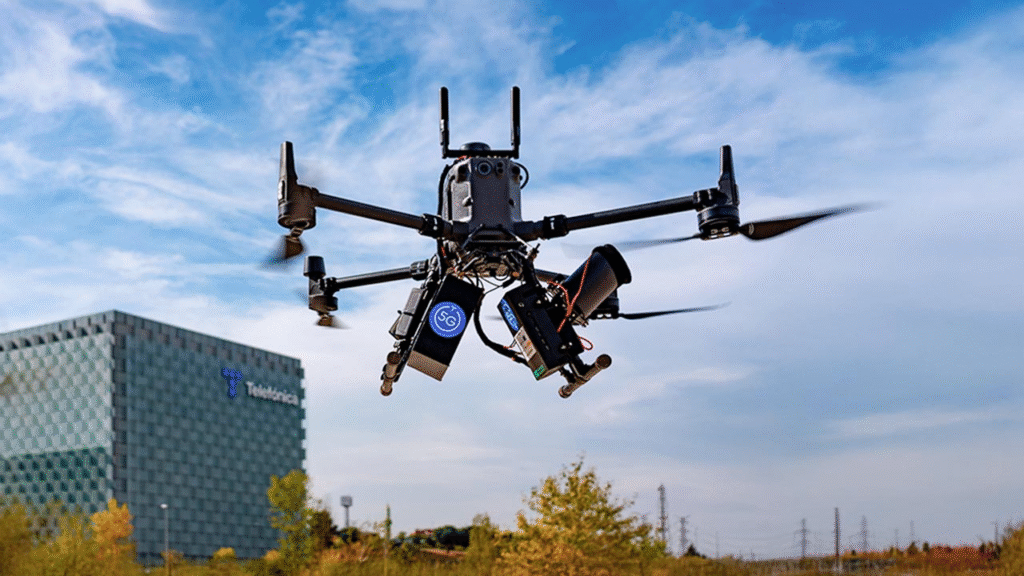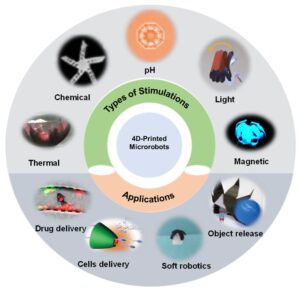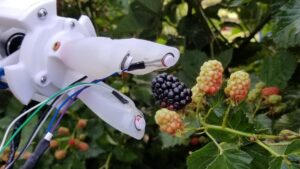A team of robotics researchers from TU Delft in the Netherlands and ETH Zurich in Switzerland have unveiled a cutting-edge fleet of AI-powered swarm drones designed to autonomously navigate disaster zones. These drones, functioning as a collective system, use swarm intelligence and real-time machine learning to locate survivors, assess damage, and relay vital data without human control.
How Swarm Drones Work
The AI swarm system comprises lightweight drones equipped with LIDAR, thermal imaging, GPS-denied navigation, and onboard neural processors. Each drone independently collects data and communicates with nearby units to create a shared, real-time 3D map of their environment.
Unlike traditional drones that require manual piloting or centralized control, swarm drones operate via decentralized AI algorithms. This allows the fleet to:
- Self-organize flight paths in unknown terrain
- Collaboratively detect and locate human life signs
- Adapt to sudden environmental changes like fires or debris
- Continue missions even if several drones fail
“We’ve essentially taught drones to behave like ants in a colony—independent, but interdependent,” said Dr. Lars van Dijk, lead researcher at TU Delft’s Robotics Institute.
Field Test: Earthquake Simulation in Greece
The drone swarm was recently tested in a large-scale simulated earthquake in Crete, organized by the European Commission’s SEARCH & RESCUE Horizon 2020 project. The drones were deployed in a collapsed building scenario with no GPS or internet connectivity—conditions common after natural disasters.
Results from the simulation:
- Drones located mock survivors with 92% accuracy using thermal and audio cues
- Mapped a 3,000 m² disaster area in under 7 minutes
- Reduced human entry time into the disaster zone by over 50%
Rescue coordinators reported that the drone swarm’s real-time 3D map drastically improved responder safety and operational planning.
Advantages Over Traditional Rescue Drones
Standard rescue drones rely on fixed programming or remote operation, limiting their flexibility and reaction time. In contrast, swarm drones respond autonomously to dynamic conditions, distributing tasks like search, analysis, and signal relaying across the group.
Key advantages include:
- Scalability: Swarms can expand from 10 to 100+ drones depending on the mission
- Redundancy: Losing a few drones doesn’t compromise the mission
- Autonomous decision-making: No operator delay in navigating complex spaces
According to ETH Zurich, the swarm’s algorithms also prioritize areas with higher probabilities of human presence, making search operations more efficient.
Use Cases Beyond Disaster Response
While the initial application is focused on search and rescue, the technology holds broader potential:
Environmental Monitoring
Swarm drones can autonomously monitor forests for wildfires, illegal logging, or poaching activity. The distributed intelligence ensures wide-area surveillance without requiring massive computational power at a central hub.
Urban Infrastructure Inspection
In partnership with municipal agencies, researchers are testing the drones for inspecting bridges, tunnels, and high-rise buildings—especially in areas hard to access by human crews.
Military and Defense
Though still under ethical review, military analysts are exploring autonomous swarms for reconnaissance missions and tactical communications in GPS-denied environments.
Technical Innovations Behind the Swarm
What makes this breakthrough possible is a hybrid of recent innovations:
- Edge AI chips: Each drone uses NVIDIA Jetson modules to process data locally without cloud reliance
- Multi-agent reinforcement learning: The drones “learn” swarm behavior through simulated environments
- SLAM + VIO: Combined simultaneous localization and mapping with visual-inertial odometry enables real-time indoor navigation
The drones also communicate via mesh networks, which maintain decentralized coordination even when individual units drop offline.
Safety and Privacy Considerations
As with any autonomous system, ethical use and privacy are paramount. The development team has implemented several guardrails:
- Mission confinement: Geofencing ensures drones don’t exit designated zones
- Data anonymization: Thermal and video data is processed in real time and discarded unless relevant
- Manual override: All missions include emergency human takeover options
Future development includes transparent data policies and collaboration with disaster NGOs to ensure human rights compliance in deployments.
What’s Next?
The team is currently scaling up field trials in real disaster-prone regions, including flood zones in Southeast Asia and forest fire regions in California. Several countries, including Germany, Japan, and Brazil, have expressed interest in adopting the technology through international aid agencies.
By 2026, the project aims to release a commercial-grade, open-source swarm platform that can be adapted for emergency agencies globally. The developers hope to empower low-resource regions with autonomous aerial support during critical moments when every second counts.




